There are not many cities in the world that are more famous because they played host to an international treaty instead of their natural surroundings, culture, and history.
Ramsar is situated in the Mazandaran Province of Iran on the southern coast of the Caspian Sea with hot springs, green forests, and rich Persian culture.
However, it is not known for any of these, it is renowned for one of the most important international conventions dedicated to environmental protection.
In 1971, it became the birthplace of the Ramsar Convention on Wetlands, one of the most important international treaties dedicated to the conservation and sustainable use of wetlands.
Ramsar Convention is an intergovernmental treaty signed by 18 countries in 1971, and as of now, over 170 countries are parties to the convention. The main objective of the Ramsar Convention is to promote the conservation and sustainable use of wetlands, including the protection of wetlands that are critical to migratory birds and other wildlife.
Under the convention, countries designate specific wetland areas as “Ramsar Sites“, which are wetlands of international importance.
There are more than 2400 Ramsar sites in the world covering more than 2.5 million square kilometres. These sites include different wetland types—lakes, rivers, marshes, swamps, coastal areas, and peatlands— home to a wealth of biodiversity.
While the designation of a wetland as a Ramsar site underscores its significance, all wetlands have a vital role to play, let us know the importance of wetlands.
Factors that make Wetlands Significant
Let us look at the functions performed by our wetlands which make them so important.
Environmental Contributions
Studies have indicated that mangroves, coastal wetlands and peatlands store vast amounts of carbon in their soils, sometimes even more than all the world’s forests combined. The carbon is stored in the form of organic matter that’s preserved due to the low-oxygen conditions, creating a long-term carbon reservoir.
In addition, wetlands, including marshes, bogs, and swamps, are characterized by waterlogged conditions that slow down the decomposition of plant material. In these environments, plants through photosynthesis, capture carbon dioxide (CO₂) from the atmosphere and convert it into organic carbon.
Overall, wetlands are incredibly efficient at capturing and storing carbon and help mitigate climate change by keeping carbon out of the atmosphere.
However, when wetlands are drained or degraded, this carbon can be released back into the atmosphere, contributing to greenhouse gas emissions.
Controlling Floods
Another importance of wetlands is that they act like sponges that absorb and store water, especially during periods of heavy rainfall or snowmelt. The water is stored in the wetland reducing the risk of floods in surrounding areas.
It further reduces the speed and intensity of floodwaters downstream. This buffering capacity helps prevent erosion, property damage, and the contamination of drinking water sources.
Additionally, wetlands reduce the peak flow of rivers and streams by storing water and releasing it gradually. This helps maintain a consistent flow in downstream rivers, supporting biodiversity and aquatic life.
Water Filters
Wetlands are often referred to as nature’s “kidneys” because they filter out pollutants from water, improving water quality.
The plants, soil, and microbes found in the wetlands absorb and break down contaminants such as excess nutrients (nitrogen and phosphorus), sediments, heavy metals, and pesticides.
By trapping pollutants, wetlands help prevent the contamination of downstream water sources, ensuring cleaner drinking water and improving the overall health of aquatic ecosystems.
Biodiversity Hub
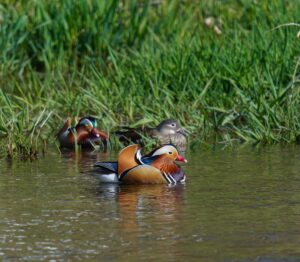
Wetlands support diverse ecosystems, including many species of plants, animals, and microorganisms that contribute to the overall health of water resources.
Most notably, wetlands support a range of bird species, from migratory birds to resident species. The nutrient-rich environment of wetlands supports a diverse food web, making these areas ideal for the availability of abundant food like fish, invertebrates (such as insects, worms, and crustaceans), seeds, plants, and algae.
Wetlands are vital stopover sites for migratory birds that travel long distances between breeding and wintering grounds. These habitats offer a much-needed place for birds to rest, feed, and propagate.
Marshes, swamps, and other wetland types offer dense vegetation and tall grasses that make ideal sites for ground-nesting birds, while tree-dwelling birds may nest in the upper branches of trees in riparian wetlands.
Coastal Protection
Coastal wetlands, such as salt marshes, mangroves, and seagrass beds, provide critical services in maintaining water quality and regulating the water supply in coastal regions.
They protect freshwater resources by preventing saltwater intrusion into aquifers, which is particularly important in areas that rely on groundwater for drinking and irrigation.
Further, they also help protect water supply systems from storm surges and rising sea levels by acting as natural barriers that absorb wave energy and reduce shoreline erosion.
For example, Sundarban Wetland, a Ramsar Site located on India’s Eastern coast and Bangladesh’s Southern Coast is home to the largest mangrove forest in the world. The mangrove forests protect the hinterland of the two countries from storms, cyclones, tidal surges, and floods.
Refuge to Marine Life
Not just on the land species, wetlands provide critical habitats for a wide variety of aquatic life, supporting numerous species of fish, amphibians, invertebrates, and other aquatic organisms.
The shallow waters, dense vegetation, and nutrient-rich environments serve as vital nursery habitats, where juvenile aquatic life can grow and develop away from predators. Species like salmon, bass, and various other freshwater and estuarine fish rely on wetlands during their early life stages.
Many amphibians, including frogs, toads, and salamanders, depend on wetlands for breeding and larval development.
Economic Value
Apart from providing drinking water and fish food, wetlands are a vital source of food grains, plants, fruits and other raw materials.
They are home to edible aquatic plants that have been used for food by humans for centuries like lotus, water chestnuts, duckweed, water spinach, etc. Wetlands often support grasses and other plants that produce edible seeds and grains like rice and millet.
Wetlands also provide habitat for various pollinators, including bees. Bees often collect nectar from wetland flowers to produce wild honey, which has a distinct taste depending on the plants in the area.
Apart from food, wetland plants are used for medicinal purposes and as raw materials in industrial applications. These resources provide sustenance and livelihood for millions of people.
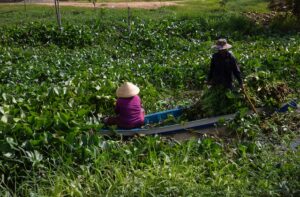
Tourism and Recreational Opportunities
Wetlands play a significant role in supporting tourism activities, the diversity of plants, animals and water features provide beautiful places for sightseeing, hiking, fishing, boating, bird watching, and photography.
Some wetlands, such as the Everglades in Florida offer boating safaris where tourists navigate through narrow channels, marshes, and open waters while spotting wildlife up close, including alligators, manatees, hippos, and a wide range of birds.
Wetlands often attract visitors who are interested in learning about ecology and conservation. Many areas feature visitor centres, educational programs, and guided tours that teach visitors about wetland ecosystems, wildlife, water management, and the importance of wetlands.
Wrapping Up
Unfortunately, many of the world’s wetlands have disappeared since the beginning of the last century. In most regions across the world, wetlands continue to decline due to the discharge of untreated wastes and effluents, waste dumping, over-exploitation, and human interference.
Therefore it is important that awareness around wetland protection increases.
We need to appreciate the importance of wetlands and acknowledge the contribution they make in maintaining water quality, regulating water flow, and supporting biodiversity.
While the Ramsar Convention is playing its part, it is also important that we all take the protection of all wetlands seriously.
From Bhopal to Florida, wetlands play a vital role for a variety of ecological, environmental, and economic reasons in respective regions.
Watch this video to learn the functions that Wetlands provide.

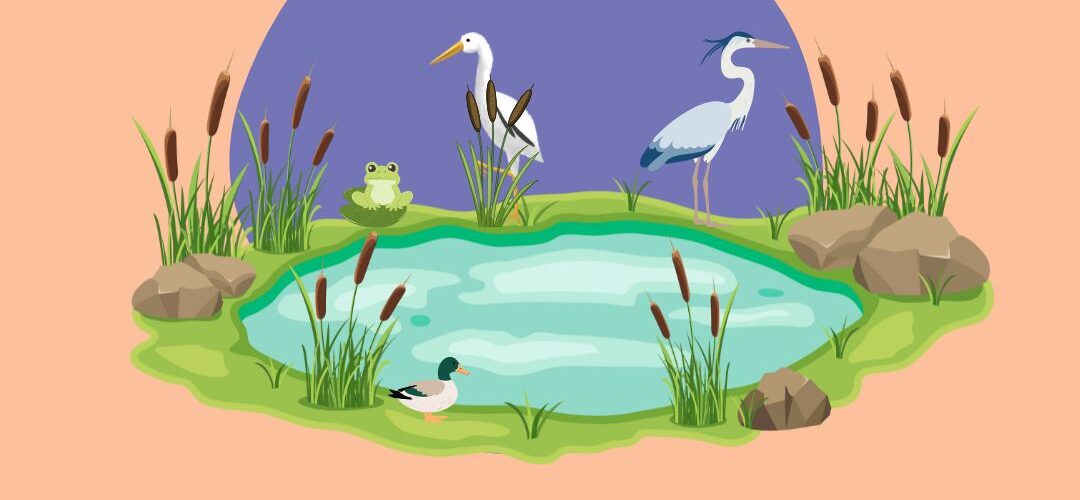
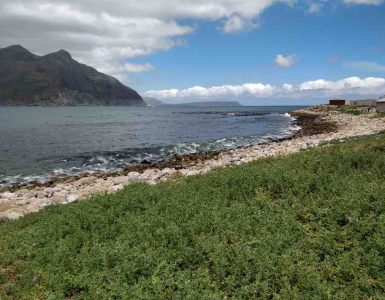
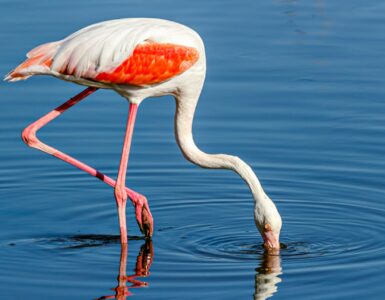
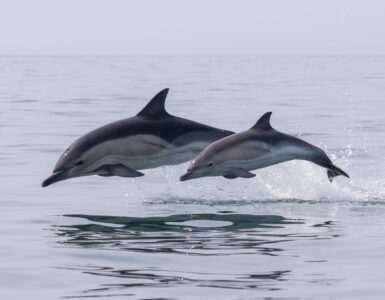

Add comment